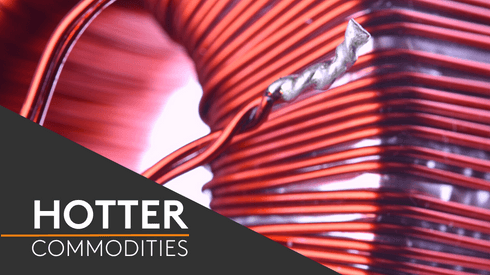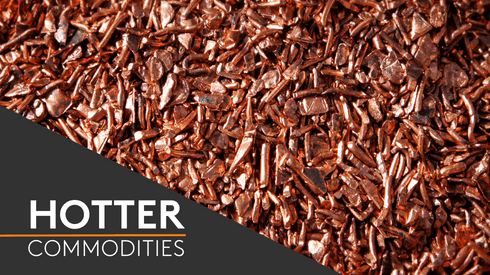Ferro-molybdenum prices in Europe broke through $24 per kg on the top end on Friday October 11, as market participants reported a slight increase in activity.
Metal Bulletin’s in-warehouse Rotterdam quotation moved up to $23.80-24.10 per kg on Friday, from $23.50-23.80 per kg previously.
“Prices have firmed a little bit more. This week, we’ve sold [two trucks] altogether. For less than 10 tonnes, we can see $24.50,” a producer told Metal Bulletin.
Prices are not expected to rise much further in the coming months, however, as steel mills begin to destock ahead of the year end and market participants await details of new mine projects, as well as buying in China.
“Nobody knows what’s going to happen with China – whether they’re going to become buyers from the Western world permanently,” a second producer said. “Everybody is asking about new projects such as the Sierra Gorda [copper-molybdenum mine in Chile] as well.”
Prices for the rest of the year are likely to be decided before the end of November, as little or no buying is expected in December.
Oxide prices were also up, climbing to $9.45-9.55 per lb, compared with $9.30-9.45 per lb previously.
LME Week failed to yield much business, according to some market participants, but deals were concluded elsewhere in Europe.
“We’ve had a couple of sales and we’ve also heard about some business in Italy,” a third producer said.
There have also been some enquiries during the week at higher numbers, the first producer added.
“We’ve been looking for some material and I’ve been quite conservative, but we’ve also had unsolicited quotations,” the first producer said.
Claire Hack
chack@metalbulletin.com
Twitter: @clairehack_mb




